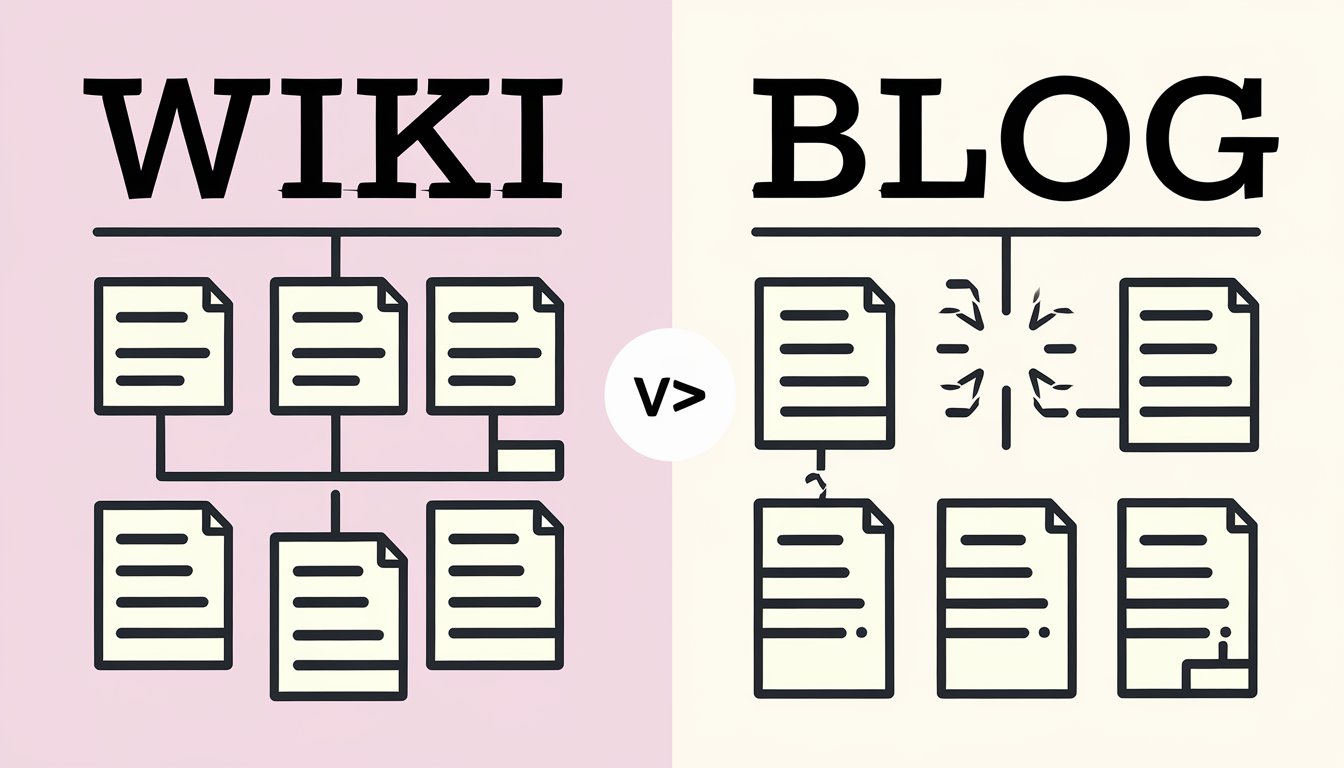Choosing a Domain Name: Tips and Tricks
In today’s vast digital landscape, your domain name serves as your online identity—your first impression. With over 700 million names already taken, finding the perfect one can feel challenging. However, it’s essential for helping people find and remember you. It’s like naming a new baby.
A domain name reflects your brand and plays a vital role in SEO. While “.com” is the most popular and trusted extension, alternatives like “.co” and “.net” offer flexibility. Keep your domain short, simple, and free of hyphens or numbers for better recall. Incorporating keywords can help with search engines, but make sure the name resonates with your brand.
Keep reading to dive deeper into strategies for choosing a domain that stands out and supports your brand’s growth.
Understanding the Impact of a Good Domain Name
Your domain name is more than just a URL—it’s a powerful asset that shapes your brand’s identity and online presence. It plays a critical role in how easily people can find and remember your website and influence how search engines rank you.
The right domain name enhances your brand’s credibility, especially when using a trusted extension like “.com,” which dominates 70% of websites. If the perfect “.com” is out of reach, don’t hesitate to explore alternatives. Options like “.shop” or “.city” offer creative branding opportunities.
In addition to aiding SEO, a smart domain choice fosters long-term brand recognition and customer loyalty. It’s a key piece of the puzzle when building an online presence that stands the test of time.
Strategies for Choosing a Domain Name That Stands Out
Choosing the right domain name is the first critical step in establishing a strong online presence for your blog or business. It’s not just a URL — it’s the foundation of your brand’s identity and the first thing visitors notice.
Below are key strategies to help you choose a memorable and impactful domain name:
- Choose a Popular Extension: Use a well-known extension like .com, but consider trending alternatives such as .co, .io, or .xyz for a modern feel.
- Keep It Short and Memorable: Opt for a domain name under 15 characters to make it easy to remember and avoid misspellings.
- Avoid Complex Elements: Steer clear of double letters, numbers, or special characters, which can confuse users and appear unprofessional.
- Incorporate Keywords: Use niche-relevant keywords in your domain name to improve SEO and convey your site’s focus to visitors.
- Align with Your Brand: Ensure the domain name matches your brand identity, reflecting what your site or business represents.
- Check Domain Availability: Secure multiple extensions (e.g., .net, .org) to protect your brand from imitators or competitors.
- Research Domain History: Investigate the domain’s history to avoid potential legal issues or negative associations from previous uses.

Incorporating Keywords vs. Brand Identity in Domain Names
Choosing between a keyword-focused or brand-centric domain is a key decision in online branding. While keyword-rich domains can improve SEO and help your site rank quickly, they may limit your brand’s flexibility in the long run.
In contrast, brand-centric names, like Google or Amazon, are memorable and foster trust, offering more room for future growth. However, striking a balance is crucial. It’s tempting to pack keywords into your domain, but consider how your brand might evolve. A domain too focused on a niche could hold you back as your business expands.
Your domain should reflect both your brand’s current identity and its future direction. Research market trends and industry needs to avoid trademark conflicts and ensure sustained growth. A blend of keywords and branding typically works best — supporting both search engine visibility and long-term brand development.
Choosing a Domain Name With SEO and Branding in Mind
Selecting the right domain name is crucial for both branding and SEO. A well-chosen domain helps your website stand out in a crowded online space while also improving its search engine visibility.
Incorporating keywords into your domain can boost SEO, but it’s essential to balance this with your brand’s unique identity. Avoid overloading the domain with keywords, as this can make it look spammy. Instead, opt for a short, memorable name that subtly includes relevant keywords.
The “.com” extension remains the top choice for professionalism and trust, with over 49% of domains using it. Simplicity is key — avoid hyphens, numbers, and overly complex names to ensure your domain is easy to remember and pronounce.
To support your SEO efforts, focus on adding valuable content to your site. This will help build a strong backlink profile and enhance your search rankings. When choosing a domain, prioritize alignment with your brand’s voice and vision while considering its long-term growth potential. It’s more than just SEO—it’s about creating a lasting online presence.
The Intricacies of Domain Name Extensions and Their Significance
Choosing the right domain extension shapes how people perceive your site and how it functions online. While “.com” is the go-to choice for businesses due to its global recognition, other extensions like “.org” and “.net” serve different purposes.
“.org” is ideal for non-profits and educational institutions, reflecting trust and social responsibility. Meanwhile, “.net” often associates with tech companies and online services. Your extension should align with your site’s purpose and audience expectations, as these factors influence both user perception and SEO performance.
In some markets, region-specific extensions, like “.in” for India, can enhance local trust and SEO. For example, seeing giants like Amazon and Google using these extensions highlights their potential impact.
Ultimately, choosing a domain extension is about ensuring it fits your brand, supports your SEO goals, and fosters trust with your audience. This decision is a crucial step in establishing a strong, lasting online presence.

Beyond .com: Exploring Alternative Top-Level Domains
As businesses seek unique branding opportunities, alternative top-level domains (TLDs) are gaining traction. Options like “.net” and “.org” are becoming popular due to the scarcity of available “.com” names. These extensions not only provide flexibility but can also highlight your industry or business focus.
For example, non-profits widely trust “.org,” while tech companies prefer “.net” because of its association with networks and technology.
Choosing the right TLD not only reflects your business type but can also enhance search engine rankings. Services like Get.inc streamline the process of acquiring specific domains like “.inc,” helping businesses build a professional and distinctive online identity.
Securing Your Chosen Domain: A Step-By-Step Guide
Securing the perfect domain name is an essential part of establishing your online presence. It’s more than just purchasing a web address — it’s about ensuring long-term protection for your brand.
Follow this guide to secure and protect your domain confidently:
- Check Domain Availability: Start by searching for your desired domain name to see if it’s available. Act quickly since many people take popular names. Use domain search tools on platforms like Namecheap, Spaceship, Wix, or Network Solutions.
- Compare Pricing: Look at both starting prices and renewal costs across different domain registrars. For example, Namecheap may offer a starting price of $5.98 with a renewal of $14.58, while Spaceship offers $5.91 with a cheaper renewal rate of $9.55. Choose the option that best fits your budget.
- Consider Purchasing Multiple Extensions: To protect your brand, purchase multiple domain extensions (e.g., .com, .net, .org) or variations of your domain name. This prevents others from registering similar names that could confuse your audience or harm your brand.
- Evaluate Security Features: Ensure the registrar offers essential security features such as SPF, DKIM, and DMARC for email protection. Opt for a Registry Lock feature to prevent unauthorized changes to your domain settings.
- Purchase the Domain Name: After deciding on a domain and provider, proceed with the purchase. Most platforms will guide you through the registration process.
- Set Up Automatic Renewal: Enable automatic renewal to avoid the risk of losing your domain if you forget to renew it. This helps protect your business from disruption.
- Monitor Renewal Costs and Terms: Keep an eye on renewal fees and the rules set by your domain registrar. Knowing the timeline and costs for renewal ensures your domain stays secure without unexpected expenses.
By following these steps, you can confidently secure and protect your domain, ensuring it remains a valuable asset for your online presence.
Assessing the Value of Pre-Owned Domains
Exploring the pre-owned domain market can offer valuable SEO benefits and brand recognition, especially for domains with a solid history and strong backlinks. However, it’s crucial to check for any past issues that could harm your site.
Domains with a good reputation and established web activity can accelerate your online branding efforts. Tools like Google Search Console, Bing Webmaster Tools, and Screaming Frog are essential for evaluating a domain’s safety. They help you assess the link profile and spam history, ensuring search engines haven’t penalized the domain.
While domain age alone doesn’t directly affect SEO, the trust and “link juice” associated with an aged domain can significantly boost search rankings. Domains with relevant keywords may also enhance visibility.
Carefully vetting pre-owned domains before purchase can provide a strong foundation for your online marketing, offering credibility and a head start in building your brand.
Creating a Cohesive Domain Portfolio for Brand Protection
Building a strong domain name portfolio is crucial for brand protection in today’s digital landscape. It’s not just about securing the right web address. It’s also about safeguarding your brand from competitors and typosquatting by registering multiple domain variations.
When creating a domain portfolio, it’s important to consider trademarks to avoid legal issues and ensure exclusive rights to your name. Since domain names operate on a first-come, first-served basis, checking availability before purchasing is key.
Aligning trademark management with domain acquisitions strengthens your brand’s online presence and helps with SEO. Using “intent-to-use” trademark applications allows you to secure rights to a name before it’s fully operational. This keeps your brand safe and protected as it grows.
A well-planned approach to domains and trademarks is the best way to secure your brand’s future online.
Craft Your Digital Identity With the Perfect Domain Name at After Social!
Choosing a domain name is a vital step in building your online presence. It’s more than just a web address! It’s a direct reflection of your brand and a key element of your SEO strategy. With the right approach, you can select a domain that is memorable, user-friendly, and perfectly aligned with your brand’s vision.
As you explore the many available options, keep it simple. Avoid hyphens and numbers, and carefully consider the impact of different domain extensions. Whether you choose a trusted “.com” or a creative alternative like “.net” or “.store,” aim to craft a strong digital identity. This identity should connect with your audience.
By selecting and securing the right domain, you’re laying the foundation for online success. Take this opportunity to make a lasting impression and watch your brand thrive in the digital world.
Your domain is just the beginning. To fully unlock your blogging potential, visit After Social. You’ll find expert tips, detailed guides, and actionable strategies to help your brand stand out.
Don’t miss out—together, we’ll elevate your blogging journey to new heights!






Post Comment